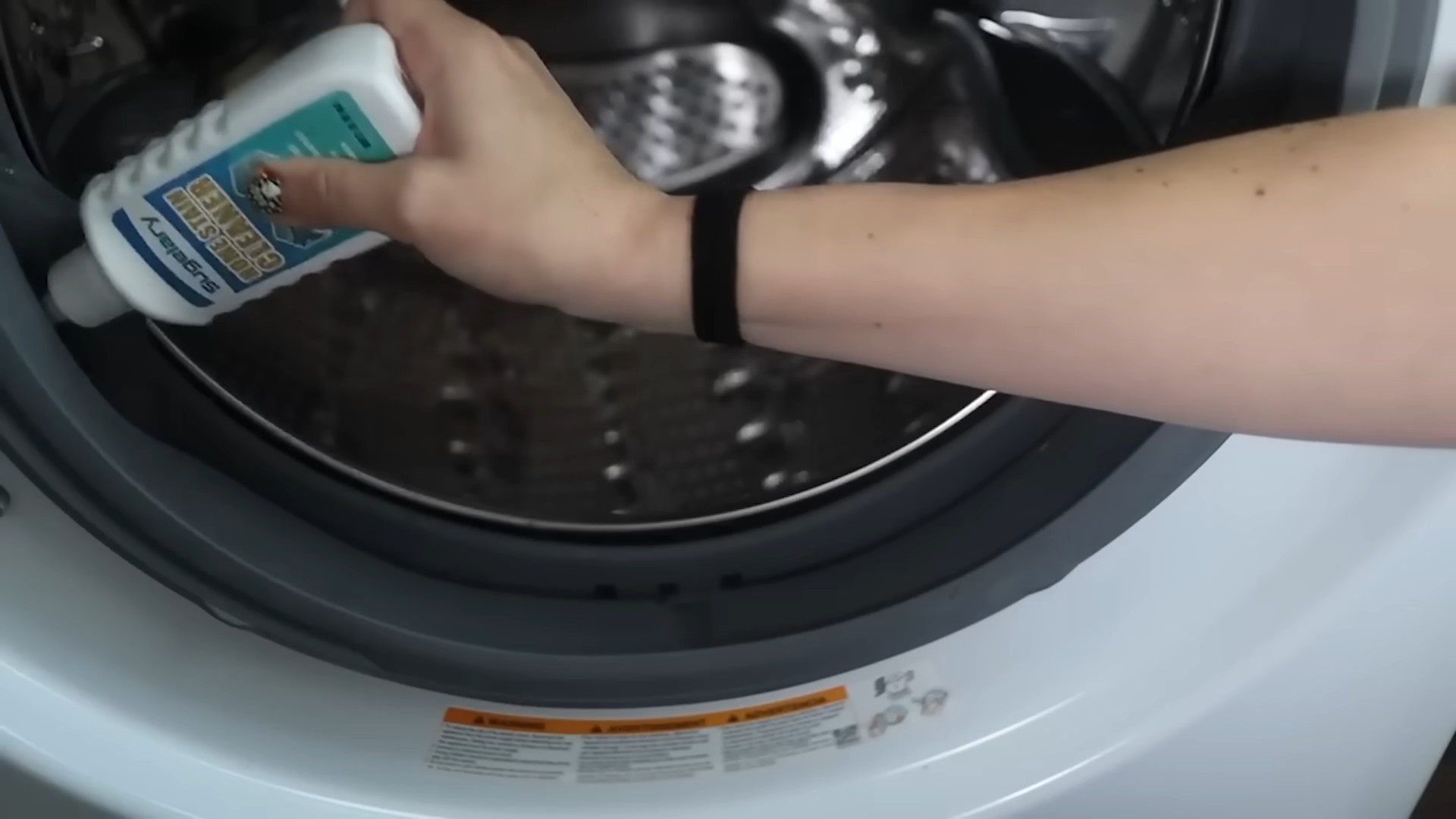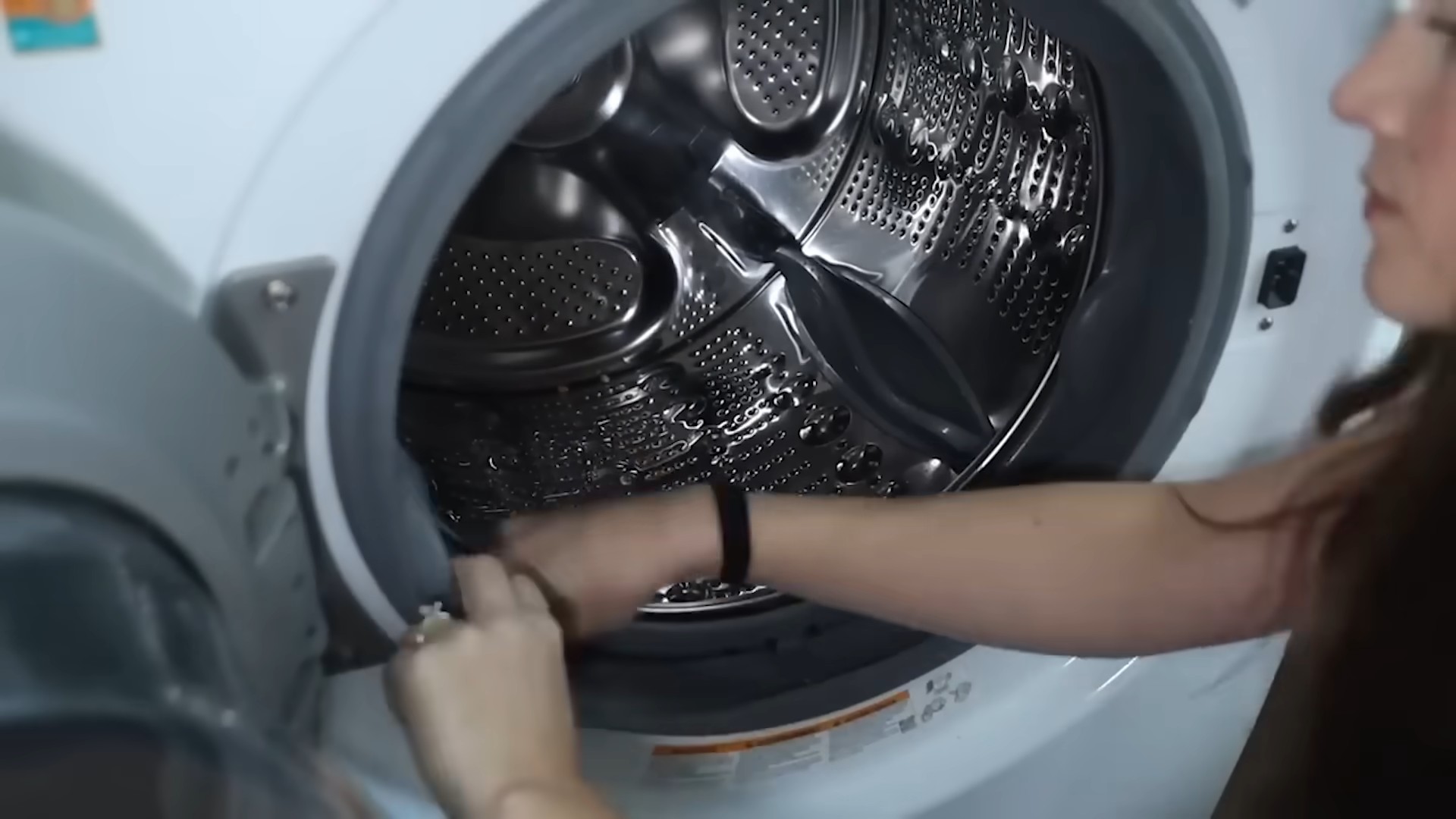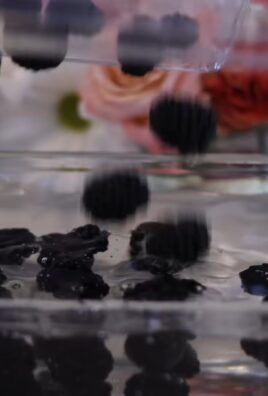DIY Candle Making Tips: Ever wondered how to transform your kitchen into a fragrant haven, filled with the warm glow of handcrafted candles? I know I have! There’s something incredibly satisfying about creating something beautiful and useful with your own two hands, and candle making is the perfect place to start. Forget those mass-produced, generic candles – we’re diving into the world of personalized scents and unique designs!
Candles have a rich history, dating back to ancient civilizations where they were primarily used for illumination. From tallow dips in ancient Egypt to beeswax candles in the Roman Empire, they’ve played a vital role in countless cultures. Today, while electricity lights our homes, candles offer something more: ambiance, relaxation, and a touch of magic.
But why should you learn DIY Candle Making Tips? Well, for starters, it’s a fantastic way to save money! Store-bought candles can be surprisingly expensive, especially if you’re after high-quality ingredients and unique scents. Plus, making your own candles allows you to control exactly what goes into them, avoiding potentially harmful chemicals and synthetic fragrances. More importantly, it’s a fantastic creative outlet. Imagine crafting the perfect candle to match your mood, your décor, or even as a thoughtful, personalized gift for a loved one. So, grab your apron, and let’s get started on this exciting journey of crafting your own beautiful candles!

DIY Candle Making: A Beginner’s Guide to Creating Beautiful Scents
Hey there, fellow crafters! Ever wanted to fill your home with the warm glow and comforting aroma of your own custom-made candles? Well, you’ve come to the right place! I’m going to walk you through the wonderful world of candle making, step-by-step, so you can create beautiful, fragrant candles that are perfect for gifting or just enjoying yourself. Don’t worry if you’re a complete beginner; I’ll break it all down into easy-to-follow instructions.
Gathering Your Supplies: The Candle Maker’s Toolkit
Before we dive into the melting and pouring, let’s make sure we have everything we need. This is crucial for a smooth and enjoyable candle-making experience.
* **Wax:** This is the heart of your candle! I recommend starting with soy wax or beeswax. Soy wax is a popular choice because it’s natural, burns cleanly, and holds fragrance well. Beeswax is another natural option, known for its subtle honey scent and long burn time. Paraffin wax is a cheaper option, but it’s derived from petroleum and doesn’t burn as cleanly.
* **Wicks:** Choosing the right wick is essential for a properly burning candle. The size of the wick depends on the diameter of your container and the type of wax you’re using. Too small, and your candle will tunnel (burn down the center, leaving wax on the sides). Too big, and your candle will smoke and burn too quickly. Consult a wick size chart for your specific wax and container size. Pre-waxed wicks with metal tabs are the easiest to use.
* **Fragrance Oils or Essential Oils:** This is where you get to personalize your candles! Fragrance oils are synthetic scents designed specifically for candle making. Essential oils are natural extracts from plants. Both can create beautiful aromas, but essential oils tend to be more subtle. Make sure your fragrance oil is candle-safe.
* **Containers:** You can use almost anything that’s heat-safe as a candle container! Mason jars, teacups, tins, and even repurposed containers work great. Just make sure they’re clean and dry.
* **Double Boiler or Heat-Safe Bowl and Saucepan:** We’ll use this to melt the wax safely. A double boiler is ideal, but a heat-safe bowl set over a saucepan of simmering water works just as well.
* **Thermometer:** A candy thermometer or digital thermometer is essential for monitoring the wax temperature.
* **Pouring Pot:** A pouring pot with a spout makes it easier to pour the melted wax into your containers.
* **Wick Stickers or Glue Dots:** These will help secure the wicks to the bottom of your containers.
* **Wooden Skewers or Chopsticks:** These are useful for stirring the wax and centering the wicks.
* **Scale:** For measuring the wax and fragrance oil accurately.
* **Paper Towels:** For easy cleanup!
Step-by-Step Candle Making Instructions
Alright, let’s get started! Follow these steps carefully, and you’ll be enjoying your homemade candles in no time.
1. **Prepare Your Containers:** Clean your containers thoroughly with soap and water, and dry them completely. This will help the wax adhere properly.
2. **Attach the Wicks:** Center a wick in each container and secure it to the bottom using a wick sticker or glue dot. Press firmly to ensure it’s securely attached. To keep the wick centered while the wax cools, use wooden skewers or chopsticks to hold it in place. Lay them across the top of the container, with the wick sandwiched between them.
3. **Measure the Wax:** Use your scale to measure the amount of wax you’ll need. A good rule of thumb is to fill your container with wax flakes, then melt it down. You’ll likely need a bit more wax than the volume of your container since wax shrinks slightly as it cools. I usually add about 20% more wax than the container volume to account for this.
4. **Melt the Wax:** Place the wax in your double boiler or heat-safe bowl. If using a saucepan, fill it with a few inches of water and bring it to a simmer. Place the bowl on top, making sure the bottom of the bowl doesn’t touch the water. Heat the wax over medium heat, stirring occasionally, until it’s completely melted and clear. Use your thermometer to monitor the temperature. Soy wax typically melts around 170-185°F (77-85°C), while beeswax melts around 145-155°F (63-68°C). Do not overheat the wax, as this can be dangerous and affect the quality of your candles.
5. **Add Fragrance Oil:** Once the wax is completely melted, remove it from the heat. Let it cool slightly, according to the wax manufacturer’s instructions (usually around 180°F/82°C for soy wax). This is important because adding fragrance oil to wax that’s too hot can cause it to evaporate and weaken the scent. Add your fragrance oil or essential oil. A common fragrance load is around 6-10% of the total wax weight. So, if you have 1 pound (16 ounces) of wax, you would add 0.96 to 1.6 ounces of fragrance oil. Stir gently but thoroughly for about two minutes to ensure the fragrance is evenly distributed.
6. **Pour the Wax:** Carefully pour the scented wax into your prepared containers. Pour slowly and steadily to avoid air bubbles. Leave about half an inch of space at the top of the container.
7. **Cool and Cure:** Allow the candles to cool and harden completely at room temperature. This can take several hours, or even overnight. Avoid moving the candles while they’re cooling, as this can cause cracks or uneven surfaces. Resist the urge to speed up the cooling process by placing them in the refrigerator, as this can also lead to cracking.
8. **Trim the Wicks:** Once the candles are completely cool and hardened, trim the wicks to about ¼ inch. This will ensure a clean, even burn.
9. **Cure the Candles (Optional but Recommended):** For the best scent throw, allow your candles to cure for at least a few days, or even a week, before burning them. This allows the fragrance oil to fully bind with the wax. Store them in a cool, dark place during the curing process.
Troubleshooting Common Candle Making Problems
Even with the best instructions, sometimes things don’t go exactly as planned. Here are some common problems and how to fix them:
* **Tunneling:** This happens when the candle burns down the center, leaving wax on the sides. This is usually caused by using a wick that’s too small for the container. Next time, try using a larger wick. You can also try wrapping the candle in foil, leaving a small opening at the top, to help melt the wax on the sides.
* **Smoking:** This is usually caused by using a wick that’s too large or by adding too much fragrance oil. Trim the wick to ¼ inch before each burn. If the problem persists, try using a smaller wick next time.
* **Frosting:** This is a white, crystalline coating that can appear on the surface of soy wax candles. It’s a natural phenomenon and doesn’t affect the candle’s performance. Some people find it aesthetically unappealing, but it’s a sign that you’re using natural soy wax!
* **Wet Spots:** These are dark, oily patches that can appear on the surface of the candle. They’re caused by the wax contracting as it cools and separating from the container. They don’t affect the candle’s performance.
* **Cracking:** This can be caused by cooling the candles too quickly or by using a wax that’s not suitable for the container. Allow the candles to cool slowly at room temperature.
Experimenting with Colors and Scents
Now that you’ve mastered the basics, it’s time to get creative! Here are some ideas for adding color and scent to your candles:
* **Candle Dye:** Use candle dye to add color to your wax. A little goes a long way, so start with a small amount and add more until you achieve the desired shade.
* **Layered Candles:** Create layered candles by pouring different colors or scents in layers. Allow each layer to cool slightly before pouring the next.
* **Embeds:** Embed dried flowers, herbs, or other small objects into your candles for a unique look.
* **Scent Blends:** Experiment with blending different fragrance oils or essential oils to create your own custom scents.
* **Glitter:** Add a touch of sparkle to your candles by sprinkling glitter on the surface of the wax before it cools.
Safety First!
Candle making is a fun and rewarding hobby, but it’s important to prioritize safety. Always follow these safety precautions:
* Never leave a melting pot of wax unattended.
* Use a thermometer to monitor the wax temperature.
* Work in a well-ventilated area.
* Keep flammable materials away from the

Conclusion
So, there you have it! Embarking on the journey of DIY candle making is more than just a fun craft; it’s an opportunity to personalize your space, create unique gifts, and even explore a new avenue for relaxation and creativity. We’ve covered the essential steps, from selecting the right wax and wicks to adding your favorite fragrances and dyes. But the real magic lies in the experimentation and personalization that *you* bring to the process.
Why is this DIY candle making trick a must-try? Because it empowers you to control every aspect of the candle-making process. You’re no longer limited to the scents and styles available in stores. You can create candles that perfectly match your mood, your decor, and your personal preferences. Imagine crafting a calming lavender candle for your bedroom, a vibrant citrus candle for your kitchen, or a cozy cinnamon spice candle for the holidays. The possibilities are truly endless.
Beyond the personalization aspect, DIY candle making is also a sustainable and cost-effective alternative to buying mass-produced candles. You can repurpose old containers, use natural waxes, and even incorporate dried flowers or herbs from your garden. Plus, knowing that you created something beautiful and functional with your own hands is incredibly rewarding.
Looking for variations? Consider adding essential oils for aromatherapy benefits. Experiment with different wax blends, such as soy wax for a clean burn or beeswax for a natural honey scent. You can also try embedding crystals, shells, or other decorative elements into your candles for a unique touch. For a rustic look, use recycled jars or tins as containers. For a more elegant presentation, opt for glass containers with lids. Don’t be afraid to get creative and let your imagination run wild!
We highly encourage you to try these DIY candle making tips and discover the joy of creating your own custom candles. It’s a rewarding and therapeutic activity that will transform your home into a haven of warmth and fragrance.
Now, the most important part: share your experience! We want to hear about your successes, your challenges, and your creative innovations. Did you discover a new scent combination that you absolutely love? Did you find a clever way to repurpose an old container? Share your photos and stories with us in the comments below. Let’s build a community of DIY candle enthusiasts and inspire each other to create beautiful and unique candles. Happy crafting!
Frequently Asked Questions (FAQ)
What type of wax is best for DIY candle making?
The best type of wax depends on your preferences and desired outcome. Soy wax is a popular choice for beginners because it’s easy to work with, burns cleanly, and is environmentally friendly. Paraffin wax is another option, known for its ability to hold fragrance well and its affordability. Beeswax is a natural option that burns slowly and has a subtle honey scent. Coconut wax is a newer option that offers a clean burn and excellent fragrance throw. Ultimately, the best wax is the one that you enjoy working with and that meets your specific needs. Experiment with different types to find your favorite.
How do I choose the right wick size for my candle?
Choosing the right wick size is crucial for a clean and even burn. A wick that is too small will result in tunneling (where the wax only melts in the center), while a wick that is too large will produce a large flame and excessive smoke. The ideal wick size depends on the diameter of your container and the type of wax you’re using. Wick manufacturers typically provide guidelines based on these factors. As a general rule, start with a smaller wick and test burn your candle. If you notice tunneling, increase the wick size for your next batch.
How much fragrance oil should I add to my candles?
The recommended fragrance load for candles is typically between 6% and 10% of the total wax weight. Adding too much fragrance oil can cause the candle to smoke or not burn properly, while adding too little will result in a weak scent throw. Always follow the fragrance oil manufacturer’s instructions and use a kitchen scale to accurately measure the wax and fragrance oil. Start with a lower percentage and increase it gradually until you achieve the desired scent strength.
What temperature should I melt the wax to?
The melting temperature varies depending on the type of wax you’re using. Soy wax typically melts between 170°F and 185°F (77°C and 85°C), while paraffin wax melts between 120°F and 140°F (49°C and 60°C). Always consult the wax manufacturer’s instructions for the recommended melting temperature. Use a thermometer to monitor the wax temperature and avoid overheating, which can damage the wax and affect its performance.
How long should I let my candles cure before burning them?
Curing is the process of allowing the fragrance oil to fully bind with the wax. This typically takes at least one to two weeks. During this time, store your candles in a cool, dark place. Curing allows the fragrance to fully develop and ensures a stronger scent throw when the candle is burned. While you *can* burn your candles sooner, you’ll notice a significant difference in scent strength after they’ve had time to cure.
Can I use essential oils instead of fragrance oils?
Yes, you can use essential oils in your candles, but keep in mind that they may not have as strong of a scent throw as fragrance oils. Essential oils are natural and offer aromatherapy benefits, but they can also be more expensive and may require a higher concentration to achieve the desired scent strength. When using essential oils, choose high-quality oils and follow the recommended fragrance load guidelines.
What are some safety precautions I should take when making candles?
Safety is paramount when making candles. Always work in a well-ventilated area and wear heat-resistant gloves and eye protection. Never leave melting wax unattended and keep a fire extinguisher nearby. Use a double boiler or a dedicated wax melting pot to prevent the wax from overheating or catching fire. Avoid pouring wax down the drain, as it can solidify and clog your pipes. Dispose of leftover wax properly.
How do I prevent sinkholes in my candles?
Sinkholes are depressions that can form in the top of your candles as they cool. To prevent sinkholes, try pouring the wax at a slightly lower temperature, tapping the container gently after pouring to release air bubbles, and allowing the candle to cool slowly. You can also use a heat gun to gently melt the surface of the candle and smooth out any imperfections.
What can I do with leftover candle wax?
Don’t throw away your leftover candle wax! You can repurpose it to make new candles, wax melts, or even fire starters. Simply melt the leftover wax and add new fragrance oil or essential oils. You can also use the leftover wax to lubricate sticky drawers or zippers.
How do I clean up spilled candle wax?
Cleaning up spilled candle wax is easier than you might think. Allow the wax to cool and harden completely. Then, use a dull knife or spatula to gently scrape off the wax. For any remaining residue, place a paper towel over the area and iron it on low heat. The heat will melt the wax and transfer it to the paper towel. Repeat as needed until the area is clean.




Leave a Comment